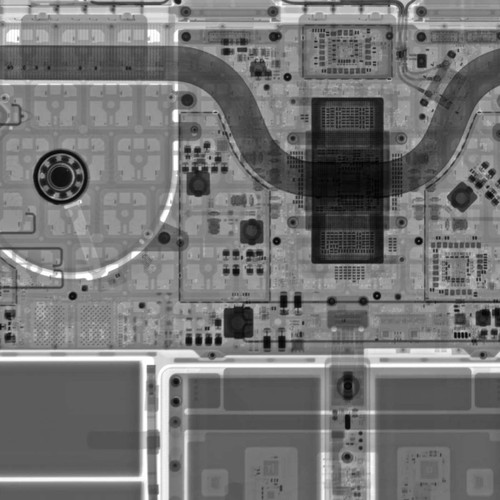
 Oxide and Friends
Oxide and Friends Transparency in Hardware/Software Interfaces
26 snips
Feb 28, 2025 Join Ryan Goodfellow, an Oxide colleague passionate about transparency, as he dives deep into the value of openness in hardware/software interfaces. The discussion reveals how transparency can break down barriers in engineering, encourage community momentum, and provide significant business benefits. They tackle the daunting complexities of hardware design and the challenges of navigating proprietary practices, emphasizing the critical role of documentation and collaboration. Ryan and the hosts also explore how transparency can spark innovation and enhance the tech ecosystem.
AI Snips
Chapters
Transcript
Episode notes
Silicon Provider Disconnects
- Bryan Cantrill and Adam Leventhal have repeatedly encountered disconnects with silicon providers.
- They find that silicon providers often view the hardware-software interface as their "secret sauce."
Direct Hardware Access
- Oxide desires the ability to write low-level software directly interacting with hardware.
- They don't want any proprietary layers between their software and the hardware.
Taxonomy Complexity
- Adam Leventhal needed a couple of passes to fully grasp the taxonomy of hardware-software interfaces.
- He operates higher up the stack, making some distinctions subtle for him.
